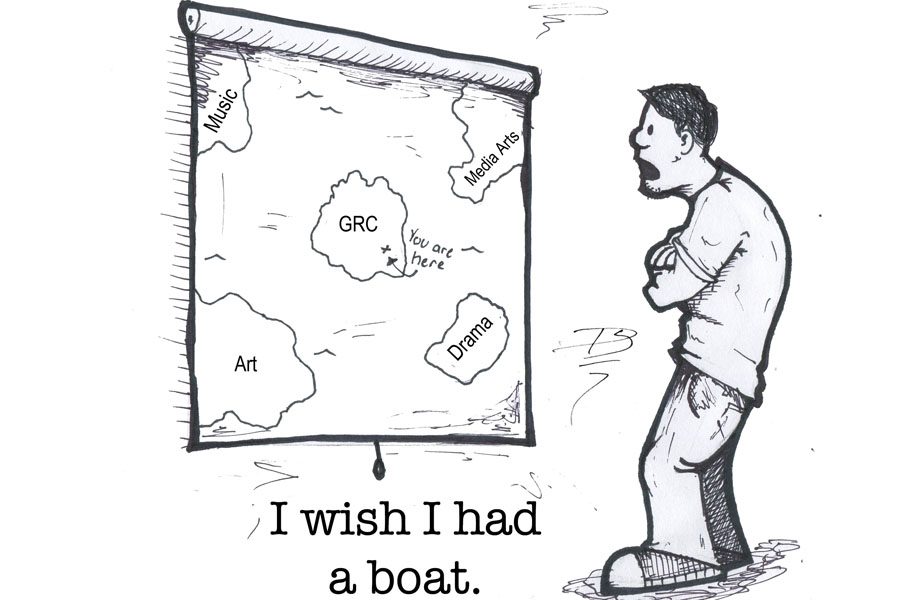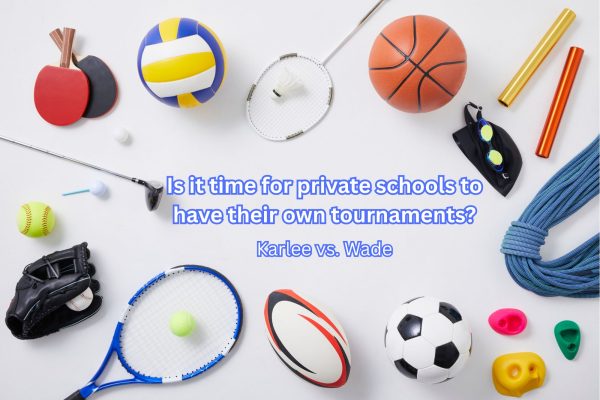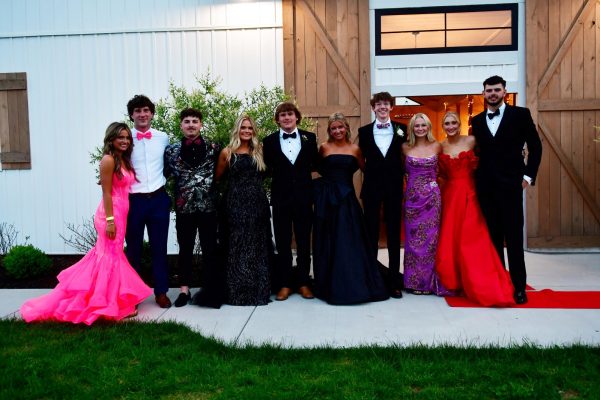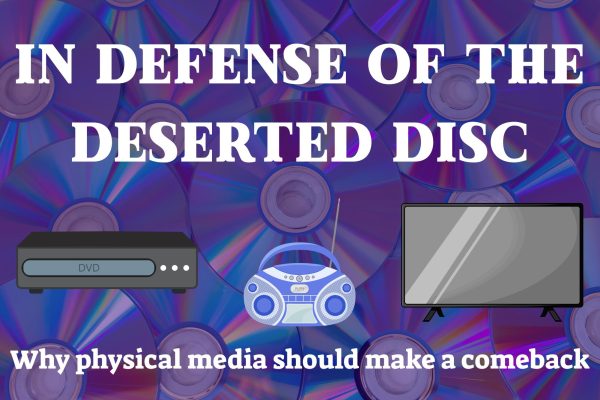Kentucky Dept. of Ed Must Expand Pathways
Staff Editorial
Kentucky claims it’s committed to preparing ALL students for success; however, its actions prove otherwise.
The state’s career pathways for high school students, which came about after the passage of Senate Bill 38 in 2012, can lead to an industry or career-oriented certification.
Certainly this was a step in the right direction for our state as not all students are college bound. Pathways not only make high school more relevant, but they motivate students, keep them in school and help provide a smooth transition into the workforce.
Pathways are a grand addition to secondary education, but why aren’t more offered?
The list of approved pathways, which includes courses in agriculture, business, and family and consumer science, among others, is deficient when it comes to vital career-oriented options involving such areas as the arts and media studies.
As the Kentucky Department of Education completely revamps its accountability system after this school year, it must consider a more comprehensive pathway slate that caters to diverse student interests.
Why aren’t courses in such subjects as drama, art, music, journalism and media production considered pathways? Because the law requires the Kentucky Department of Education to issue core content standards to these courses and come up with a way to assess their progress, such courses often cannot be properly assessed on a bubbled-answer testing sheet.
The very definition of a pathway is an educational road map outlining a specific sequence of courses within a student’s area of interest designed to prepare him or her for college and career readiness. Sequential courses at GRC in arts and media have thrived for years and yet they are not recognized as pathways.
GRC’s journalism program, as does similar programs in many other high schools, takes students through a sequence of courses that results in participation in producing an award-winning newspaper. The art sequence of Art I-IV results in students providing artwork for businesses and other commercial uses. Other arts course progressions result in students participating in live performance assessments for judges, and even performing in live shows in the community and beyond.
If this isn’t real-world, nothing is.
Such programs educate students in skills needed for any career choice, including creative thinking, problem solving, cultural awareness and teamwork. Art and media students think outside the box, consider the needs of an audience, and produce a product for real-world consumption.
As it stands now, students who progress through these courses still are required to search out another pathway to fulfill the state requirement. This is seriously absurd.
It not only wastes a class that could be better used for something that actually interests the student, but it makes the student feel as if the non-pathway courses to which they have committed are not of value. Meanwhile, in any given class period, they exercise the highest levels of thinking recognized in education (see Bloom’s Taxonomy).
The high-level implications and life-long value of these courses cannot be disputed, but in order for them to become pathways, the Department of Education will have to develop an acceptable assessment to determine success. This is difficult when intangible benefits are far more prominent and have far greater life applications.
While it would be easier to not add more pathways and stick with the assessments that have already been developed, it is high time to make high schools truly student focused.
GRC and other high schools in Kentucky already have the programs and resources to support additional pathways. The only missing link is for state education officials to develop pathway assessments. Teachers of such courses around the state would be more than willing to help with this process.
Student education should not suffer because of administrative red tape and antiquated thinking.
As the education accountability system in Kentucky is overhauled, it only makes sense to revise and add other pathways into Kentucky schools.
The state was ahead of the game when it created a career-ready designation that is separate from college-ready, but it has not completed the challenge of making high school a rich educational experience for all students.
Strides have already been made. Let’s not go backward by failing to acknowledge the need for additional pathways.

Derek Scott is a Senior and first-year Smoke Signals member. He's a fan of burritos and listens to the The Offspring's "The Kids Aren't Alright" on repeat.







